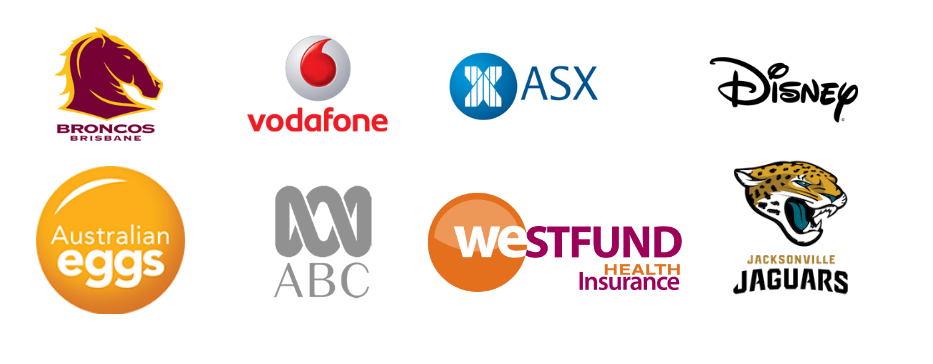How To Develop The Best Fitness App?
There’s been an upward surge of popularity in recent times for all things fitness. That means going to the gym, running around parks, getting nutrition on track and generally, being healthier. With people now more conscious than ever of how they look and what they eat. This has led to opportunities within the world of smartphones and applications.
Fitness App Goals
Everyone wants one thing; results. Goals range from fitting into a wedding dress in a year’s time to preparing for a fitness competition. There’s plenty of scope for diversity within this niche. This is where the opportunity arises for you, the savvy app developer, as fitness and modern technology go hand in hand. The thing about getting fit is that it’s not easy and requires a degree of discipline and help, which is something that can be accessed from your fingertips through a smartphone with the right app. The fitness industry has been revolutionized thanks to apps, as everything is far more accessible than it would have been years ago and the gym is no longer the refuge of Mr. Olympia, but instead an arena for everyone to meet their fitness goals. Today, let’s explore what a great fitness app looks like for you to make money and change lives.
Types of Fitness Apps
First things first; there’s a lot of different criteria within fitness. Your app may wish to cater to all needs, such as bodybuilding, Crossfit or just some simple cardiovascular exercises. Whatever you decide to focus on, here’s a brief rundown of what some can will entail;
Diet & Nutrition App
Every successful fitness journey is founded upon a solid diet, with the correct amount of calories made up of the macronutrients (or macros) of protein, carbohydrates, and fats. It can’t be underestimated how vital it is to get nutrition on point, whatever your goals, so this will be a cornerstone for an app. The complexity can range from a simple logbook style (such as MyFitnessPal) or a platform which provides examples of diets to follow and a breakdown of foods and their macros.
Steps and Calorie Counter App
Another simple concept that would aim to log how many steps a user performs in a day and in turn, how many calories are burned. This is particularly useful for those with a desk job as it can show a true reflection of how much or how little activity is actually taking place during the day.
High-intensity Interval Training (HIIT) App
If we’re being truthful, “cardio” is one of the less appealing aspects of getting into shape. It can be rather monotonous and daunting, but it doesn’t have to be. Here’s the thing; people love variety. Therefore, an app that delivers different workouts each session with a focus on intensity will be a game changer for people. The idea of HIIT is short, intense bursts of workouts that get the heart rate pumping and the sweat pouring. Tabata HIIT Interval Timer is a great example of this.
Personal Training App – Weightlifting/Cardio
This is where you can get creative. A workout focused app that provides training routines for each body part, there can be a plethora of ways to go about this ranging from video tutorials, to pictures and even live streaming. Circling back, this can even be linked in with a nutrition diet app, as there could be an opportunity to give meal plans along with a workout to give the customer the best results.
Yoga App
Yoga has also seen a surge in popularity. And the beauty is that it caters to all needs and skill groups. Most people, however, don’t have a good grasp on where to begin, so an app that provides instruction, similarly to a personal training app would be ideal. As an example, DDP Yoga is terrific at this.
How To Use Social Media For Mobile App Success
With the basics in place, what else can your fitness app do? Social media should play a big part and again, creativity is vital here. Have users Tweet their calories burned with a click of a button, or include a hashtag for people to follow via Instagram and post their progress pictures, therefore the point is you can create a community online to breed trust within the fan base and also attract new users easier.
Something crazy is the cost of the app depends entirely on you. You can make it free and give away advice and exercises to your audience, or you can put content behind a paywall. There’s, of course, an opportunity to mix both, by giving users access to a portion of the app, but reserving premium content (live streaming exercise for example) for paid users.
The best part is that there is so much opportunity for developing a unique app that can inspire others and become a realistic way for you to earn income, but obviously, it can be quite overwhelming on where to even begin!
Gomeeki provides all the help and advice you could possibly need to ensure you can create the best Fitness App.
Brands We’ve Worked With
Gomeeki
Email: enquiries@gomeeki.com




